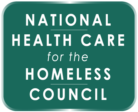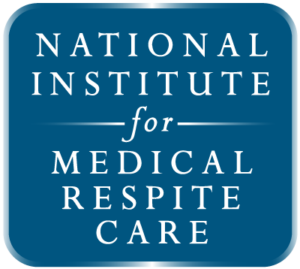Integrating Homeless Service Providers and Clients in Disaster Preparedness, Response, and Recovery
This issue brief outlines strategies in place in two Florida counties to meet the disaster needs of people experiencing homelessness. Findings from focus groups were used to assess homeless individual and service provider knowledge base and perception of these strategies. Recommendations are offered for other communities working towards more inclusive planning. Download Research (PDF)

